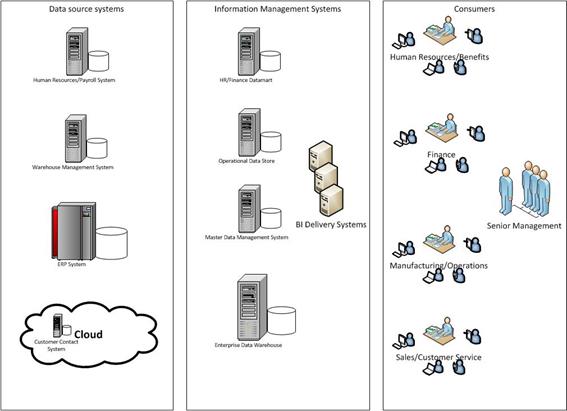Success by Design: Planning Your Information Management Infrastructure
Planning an information management infrastructure is a fun and exciting activity for everyone, whether they work with information systems or not. What? It isn’t? Then why are so many people building information management infrastructure solutions in Access and Excel? That’s not IM you say? Well in a way it is, though we can agree that it is neither sufficient nor sustainable for just about any organization. So why do it?
The Cost of Chaos
Information management is really about process and not systems, and whether or not you realize it those processes exist today in your organization. Whether formal, “de facto,” corporate, departmental, or tribal, an information management infrastructure is an integral part of every business, so why not do it right? Perhaps it is because the concept of a true IM infrastructure is seen as a vast technical undertaking, prohibitively expensive for all but the largest companies, and taking years to implement. Examples of data warehouses failing to deliver any real return on investment abound. Software is expensive. Services are expensive. Management is impatient and budgets are tight. And really all I need to do is track my sales growth (which I can do in Excel). All true. There are many projects that are absurdly expensive and fail to deliver. In fact, I’ve been on one. However, it is also true that if you understand some of the principals and considerations of IM, a more robust infrastructure capable of delivering far more meaningful and accurate information is both affordable and right around the corner.
A Journey of a Thousand Miles Begins with a Single Step
The first thing to do when building an IM plan is to explore at a conceptual level what an information management infrastructure is and what its various pieces are for, as well as the principals and recommended practices for implementing one. You need to consider your audience, build off the needs of your organization and stakeholders, and live by a few core design thinking principles. Remember, there are many types of IM out there, and part of making sure your efforts don’t fail is finding the right one for your situation.
At Ironside, we’ve got tons of resources ready to go that can help you get rolling toward your ideal information management infrastructure:
- A Guide to Information Management Vol. 1: The Data Warehouse
- A Guide to Information Management Vol. 2: Big Data
- ETL vs. ELT: What’s the Big Difference?
- Diving into the Data Lake
- The Why, What, Who, and How of Successful Hadoop Deployment
- Agile Data Warehousing with Spark






